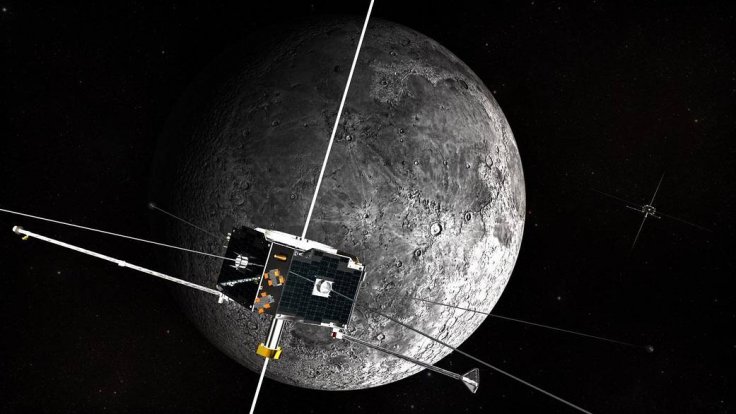
While NASA is busy with their future plans to send humans to moon and looking for an opportunity to collaborate with China National Space Administration (CNSA) for conducting a joint moon exploration program, scientists have explored how the damaging radiation of the brightest star of the solar system left scars on the lunar surface.
A group of researchers from the University of California-Berkeley studied the data collected through NASA's ARTEMIS mission along with simulations of moon's magnetic environment. It should be noted that the word ARTEMIS suggests "Acceleration, Reconnection, Turbulence and Electrodynamics of Moon's Interaction with the Sun."
However, as per the researchers, the reviewed data showed that the solar wind and the moon's crustal magnetic field work together to provide the distinctive pattern of dark and lighter swirls on the lunar surface.
So the solar wind, which suggests the outflow of particles and radiation, released by sun, spreads over the planets and other bodies in the solar system, as well as on moon. But as per the scientists, it cannot damage earth because the solar wind is magnetised.
Here on earth, the magnetic field deflects the solar wind particles around the blue planet, so that only a small fraction of the particles can reach the planet's atmosphere. In case of moon, it doesn't have such magnetic field but it has magnetised rocks, which do create small, localised spots of the magnetic field, which extend from hundreds of yards to hundreds of miles.
As per Andrew Poppe, a scientist at the varsity, such information related to solar winds and the lunar surface has to be understood really well to protect astronauts from the effects of the radiation on moon during future moon mission. In addition, he said, "The magnetic fields in some regions are locally acting as this magnetic sunscreen."
Poppe also explained that these small magnetic field bubbles by themselves are not robust enough to protect the humans from the radiation, but studying their structure could help to develop techniques to protect the future of explorers.









